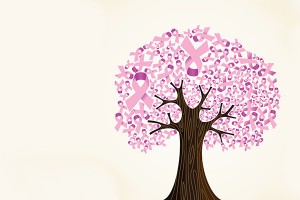Not if you’re under 44yrs of age! A recent study looked at birth outcomes for women using fresh donor eggs from IVF cycles in relation to their age as recipients. This means eggs were grown using an IVF protocol in one woman, retrieved and donated for fertilization, before being transferred into another female recipient with the hope of pregnancy and a live birth. The good news is that results only started to decline if the recipient woman was 45yrs or older. Here is a summary of the outcomes:
– Nearly 28,000 fresh donor egg IVF cycles carried out between 2008-2010 were analysed
– Female recipients were separated into five different age brackets:
- 34yrs or younger
- 35-39yrs
- 40-44yrs
- 45-49yrs
- 50yrs or older
– All women from the first 2 age brackets (39 years and under) had similar rates of implantation, clinical pregnancy and live births
– Recipient women over the age of 45 had significantly worse results for implantation, pregnancy and live births
– Women over 50 had the worst outcomes (implantation, pregnancy, live births) demonstrating progressive decline with age.
– All results were compared to a reference group of women aged between 40-44yrs

Fertility and Sterility, Vol 101, Issue 5, pg 1331-1336.e1, May 2014


